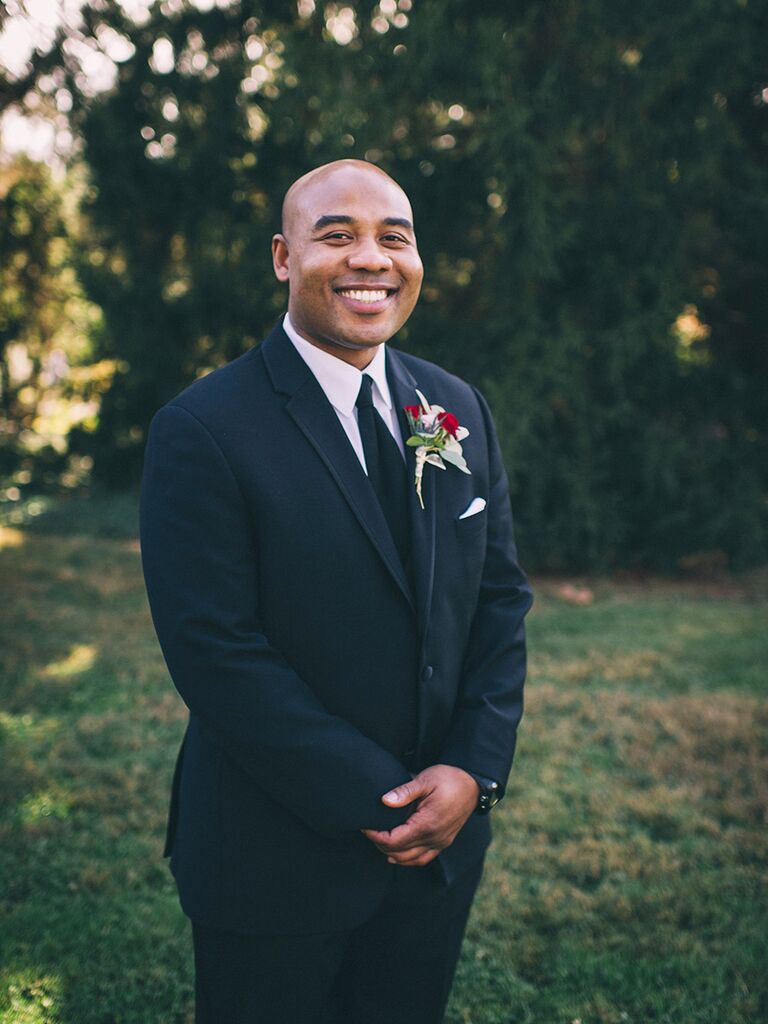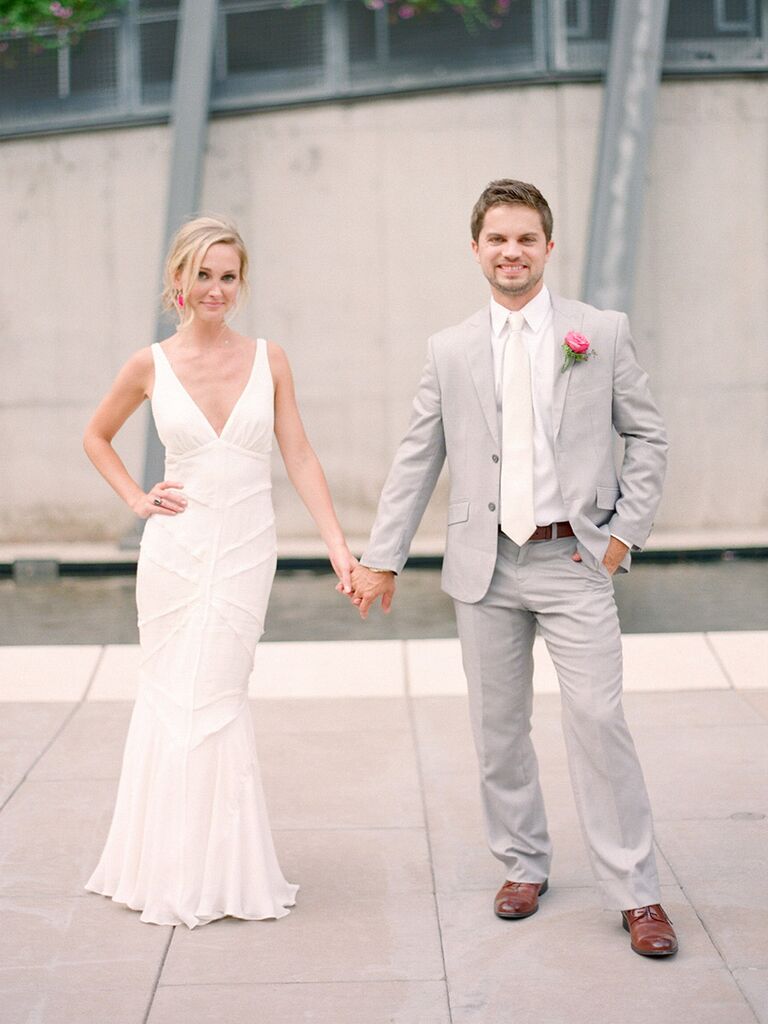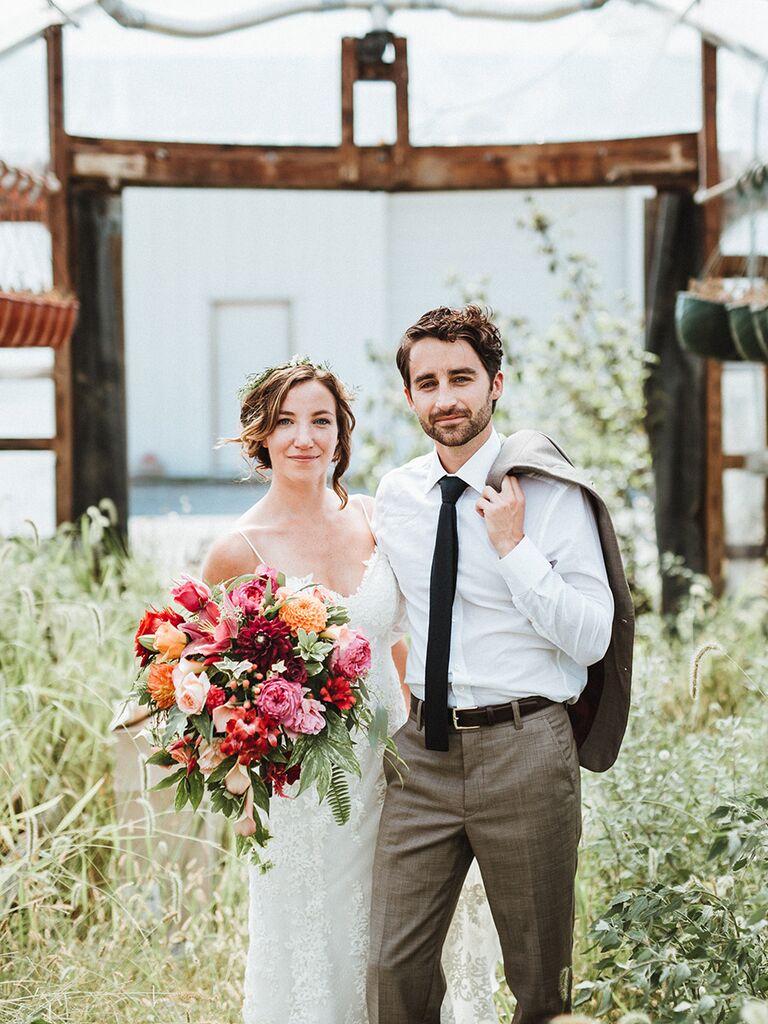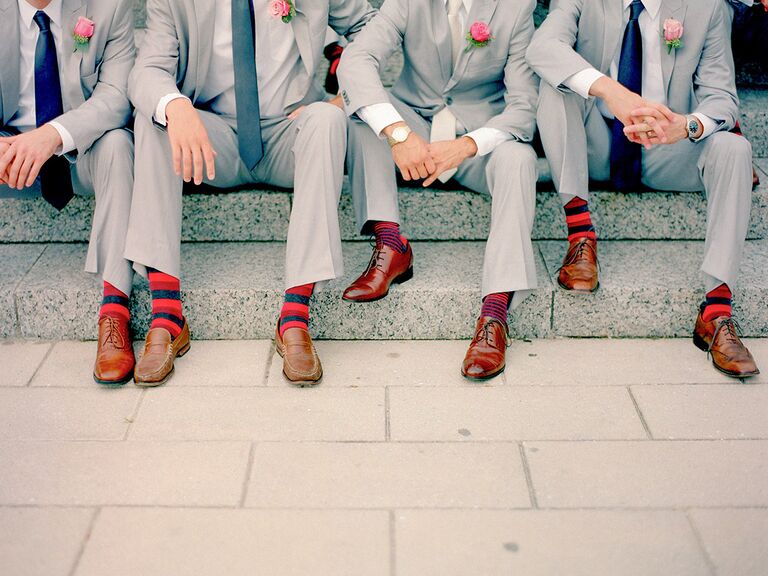
Ever have a BAD custom clothing experience?
It can happen to anybody.
You take your favorite suit to a new tailor hoping for the perfect fit.
Instead you get a nightmare.
Hundreds of dollars later and you have a suit that’s unwearable.
Worse – you have to spend more to get it fixed.
Let’s never have an experience like this again.
How?
Build a great relationship with your tailor by solid communication.
Read on to learn 4 tips to make your next custom clothing experience a great one.

Why a relationship with your tailor matters
Before I get into the four tips you should understand that miscommunication is the real culprit here.
It’s not like a tailor is purposely aiming to ruin your clothes.
This would be bad for the custom clothier in building long lasting business with you.
This gives you all the more reason to come up with a process with your tailor to get a perfect fit this time and every time.
Get the alterations to be done in writing
This step is important as it provides a solid foundation that you and your tailor can agree upon and reference along the way.
You are going to want unique elements to your clothing to ensure it is truly unique to you. This will result in many features to track.
With the many ways you can communicate today this can become a nightmare.
Here are the most ideal ways to have all communication with your tailor in writing:
- Google docs – The most preferred approach. Not only can you track all communication in spreadsheet format but you can easily share this with your tailor in real time.
- Tailor Created Sheet – A well run custom clothier will have a sheet they fill out detailing all the specifications you requested. Some really great tailors will even sketch out the designs of the suit!
- Emails – An OK form of communication but can get tricky to refer back to especially when the conversation spans multiple threads.
- Your Smartphone – Given the camera functionality of your smartphone you can take a picture of the spec sheet and contract to refer to with the tap of the finger on your smartphone.
Keep a copy of the agreement
This is similar to number one but worth talking about. It can make or break your investment!
At a bare minimum make sure you get a copy of the receipt.
This will provide you with something to refer back to with both of your signatures to confirm mutual agreement.
Obviously the more information provided to capture the better.
Keep the alterations simple
If this is your first order with a new tailor or a testing the alteration of a new garment I suggest keeping it simple.
Only take one item to the custom clothier to alter on your first trip.
Don’t make the mistake of taking all your suits and run the risk of ruining all of them.
Most tailors offer package deals which will make the most sense to you from a cost perspective.
If this is the case, make sure you follow the same philosophy.
Have the tailor alter one garment to see the quality and craftsmanship prior to working on the others.
Check the return policy
I am a firm believer that a company that offers a money back guarantee truly believes in their product compared to one that doesn’t.
You should follow this same philosophy.
You don’t want to be caught in the situation that once you hand over your money to a tailor you have to take what you get regardless of quality.
Take some of the risk out of your custom clothing experience and try to do business with companies that offer some form of return policy.
Lastly, a strong relationship with a tailor is one of the best investments a stylish man can make.
Lets hear your experience with your tailor on the comment box below!




















